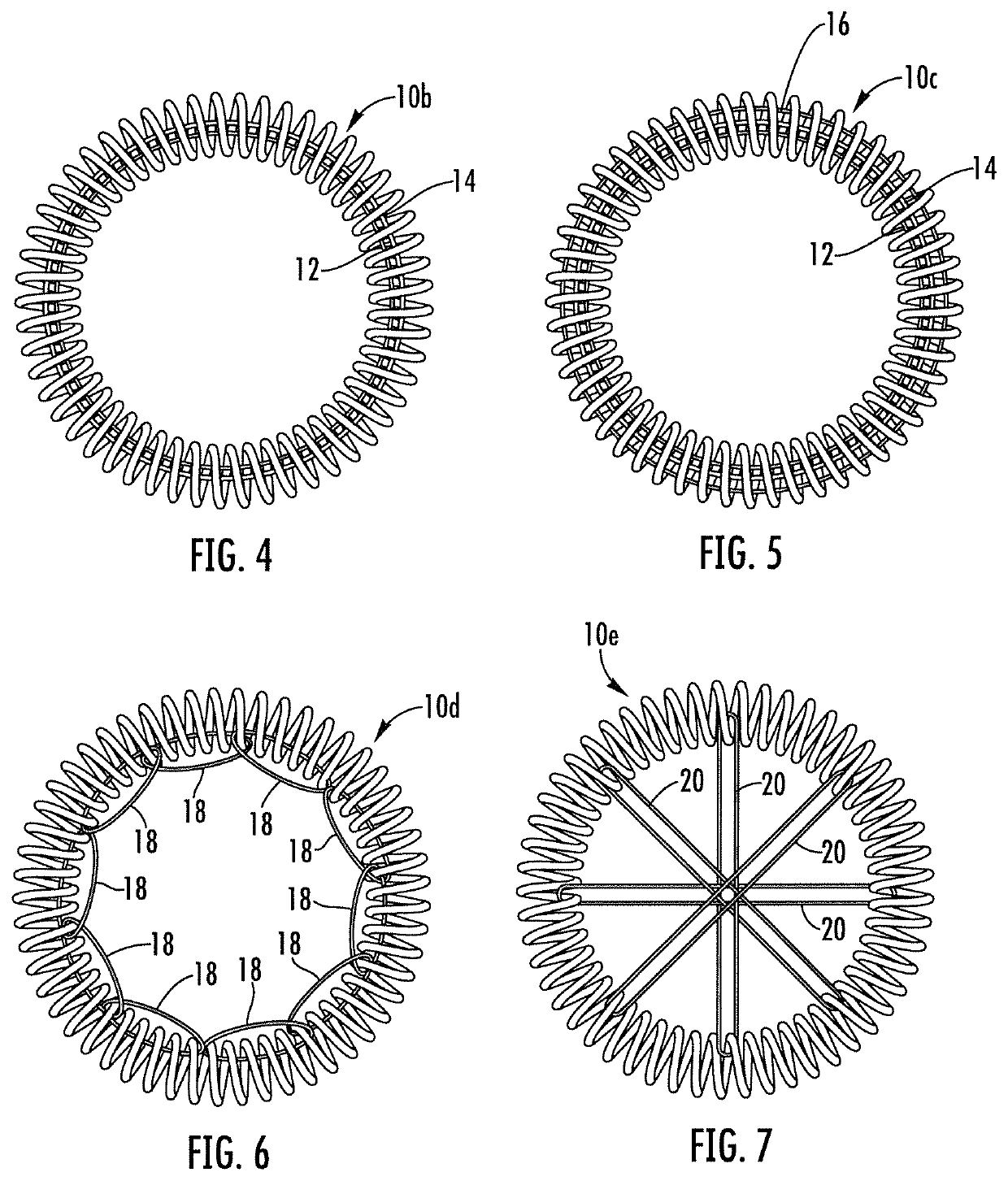Animal wound model and methods of use
a wound model and animal technology, applied in the field of animal wound model and methods, can solve the problems of severe and lifelong disability, loss of limb function, and disfigurement, and achieve the effect of significant wound area and larger volume of tissu
- Summary
- Abstract
- Description
- Claims
- Application Information
AI Technical Summary
Benefits of technology
Problems solved by technology
Method used
Image
Examples
Embodiment Construction
[0021]Prior to the present disclosure, there has been no effective animal model in which exogenous mechanical tension is dynamically (continuously) applied to a wound, such as excisional wound. This deficiency is remedied with the novel animal model of hypertrophic wound scarring disclosed herein. In this model, in at least one embodiment, constant exogenous tension is applied to the perimeter of a wound, such as an excisional wound, on a non-human animal. This model is easily reproducible and relatively inexpensive and has particular use in testing agents for use in preventing or treating pathologic scarring during wound healing.
[0022]Before further describing various embodiments of the present disclosure in more detail by way of exemplary description, examples, and results, it is to be understood that the embodiments of the present disclosure are not limited in application to the details as set forth in the following description. The embodiments of the present disclosure are capab...
PUM
 Login to View More
Login to View More Abstract
Description
Claims
Application Information
 Login to View More
Login to View More - R&D Engineer
- R&D Manager
- IP Professional
- Industry Leading Data Capabilities
- Powerful AI technology
- Patent DNA Extraction
Browse by: Latest US Patents, China's latest patents, Technical Efficacy Thesaurus, Application Domain, Technology Topic, Popular Technical Reports.
© 2024 PatSnap. All rights reserved.Legal|Privacy policy|Modern Slavery Act Transparency Statement|Sitemap|About US| Contact US: help@patsnap.com










